Home » Publications » SDM Magazine
SDM Magazine
.png?t=1662470409&width=400)
2022 September
Featured Articles
Back to TopSDM EXCLUSIVE // State of the Market: Fire Alarms
Although the industry remains subject to supply chain disruption, a precarious labor shortage and other headwinds, multiple growth factors are creating a lot of overall positivity across the fire alarm systems marketplace.
Read More
Video Analytics: Adding Steak to the Sizzle
While a global pandemic created new needs for video analytics beyond security, a burst of tech advances made it more sophisticated.
September 16, 2022
Beyond COVID-19: Distributors Grapple With Supply Chain & More
While most distributors made a smooth transition to remote training during the pandemic, they are now facing another formidable roadblock that is plaguing everyone: supply chain shortages.
August 26, 2022
THE CHANGING WORKFORCE
Solving Security's Workforce Conundrum
Even before the pandemic, the security industry was staring down the barrel of a future fraught with workforce development challenges. Now even more acute, leaders from across the industry discuss how they are maneuvering to overcome talent shortages, become more diverse, adopt hybrid workplace models, among other challenges to remain viable.
September 1, 2022
Columns
Back to TopDigital Shuffle
NCS4 Industry Report: Professional Sports Venue Security Issues
September 6, 2022
Digital Shuffle
ADT Virtual Assistance Program Adds Convenience, Flexibility
September 6, 2022
Security Networkings
Turing Brings AI Power and Analysis to CCTV Systems
September 4, 2022
Security and the Law
Fire Victim Trapped in Apartment for 5 Days Seeks Reparation
September 6, 2022
Marketing Madmen
How Security Dealers Can Get in on Holiday Shopping Mania
Plan Ahead to Get in on Start of Holiday Shopping Season
September 6, 2022
Get our new eMagazine delivered to your inbox every month.
Stay in the know on the latest security marketplace trends.
SUBSCRIBE TODAY!Copyright ©2024. All Rights Reserved BNP Media.
Design, CMS, Hosting & Web Development :: ePublishing








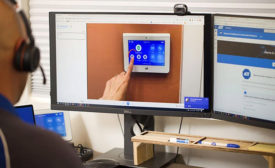

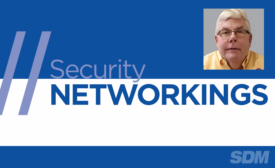

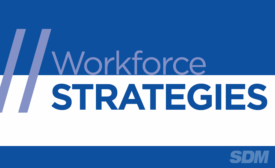

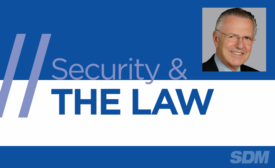
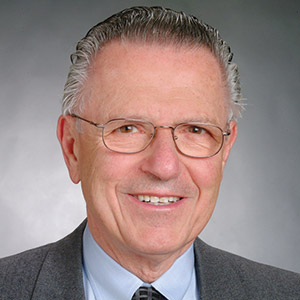




.jpg?1702395359)

